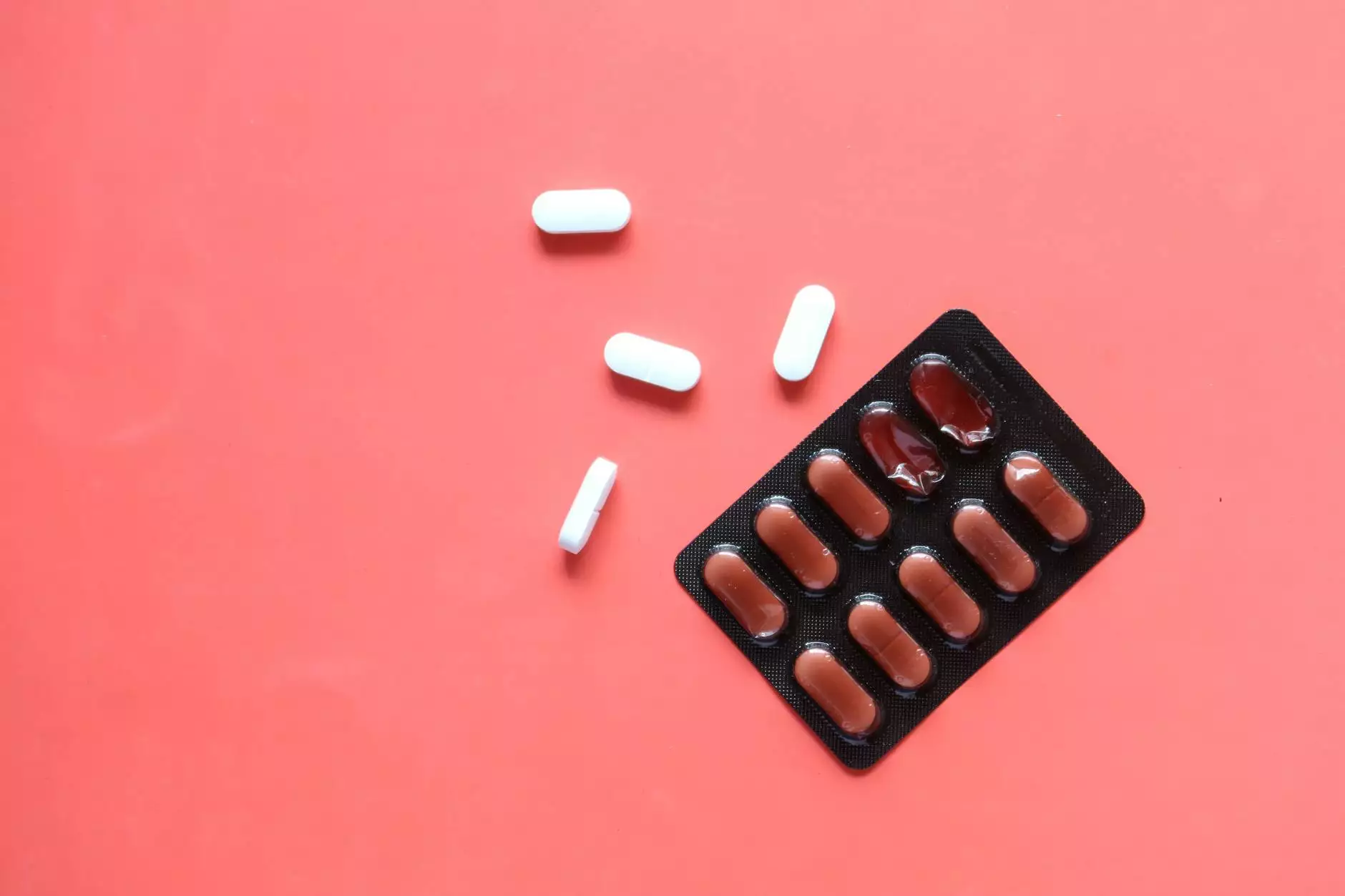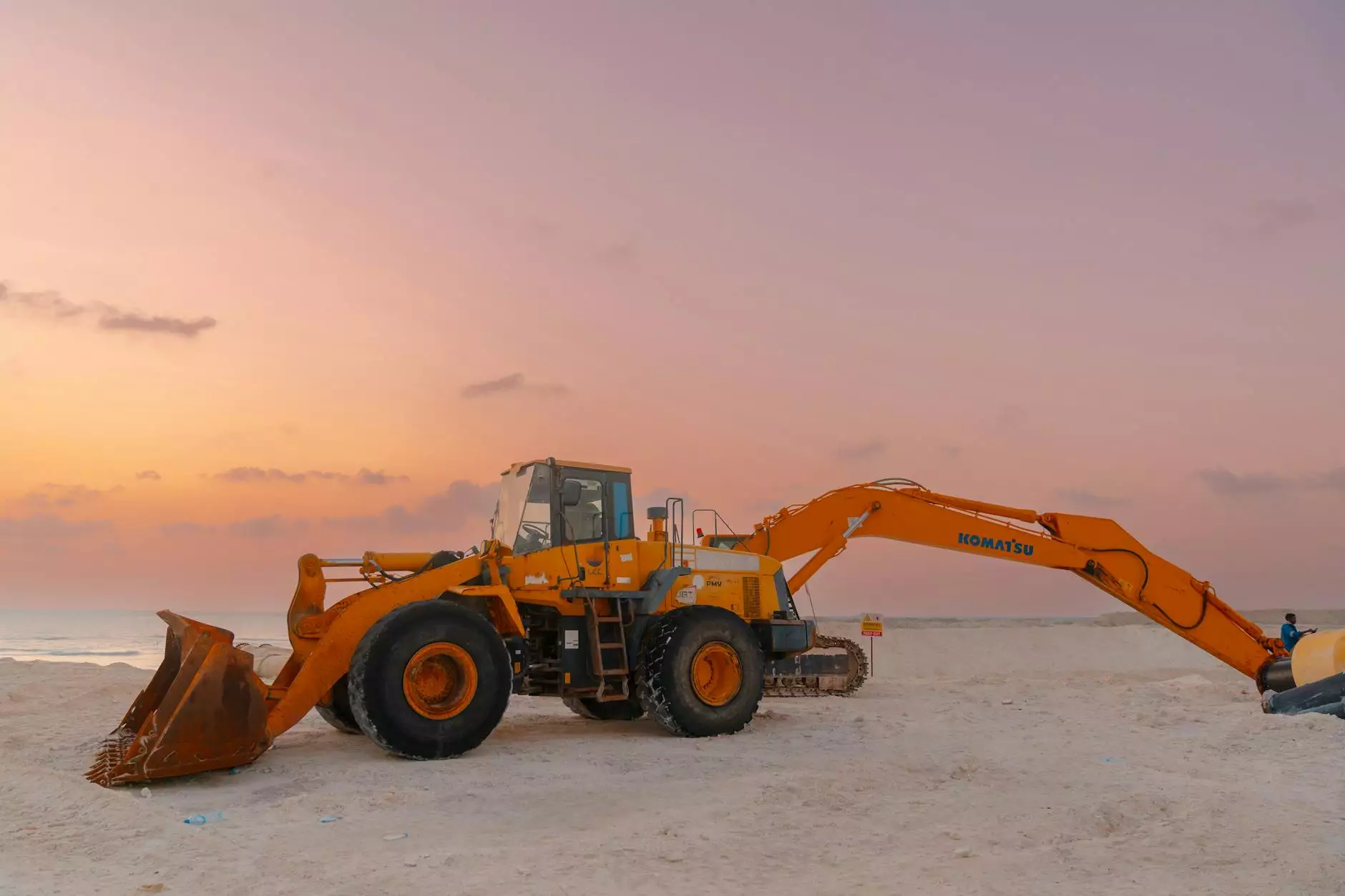Managing and Preventing Running Blisters: A Comprehensive Guide

The world of running is both thrilling and challenging. For avid runners, achieving personal bests and enjoying the outdoors is often marred by an unwelcome companion: running blisters. These painful irritations can hinder performance and discourage even the most dedicated athletes. This article aims to provide a thorough understanding of running blisters, their causes, prevention methods, and care practices to help you maintain optimal foot health. Let's dive into the essentials of foot care for runners.
Understanding Running Blisters
Running blisters are small pockets of fluid that form between the layers of skin due to friction, heat, or moisture. They are most commonly located on the feet, particularly on the toes, heels, and soles. Blisters are the body's natural response to protect damaged skin and allow it to heal. However, they can also be a source of significant discomfort, leading to a decrease in a runner's performance and enjoyment of the sport.
The Anatomy of a Blister
To fully grasp how to manage and prevent running blisters, it's essential to understand their anatomy. When the skin experiences continuous friction, it can disrupt the outer layer, causing the skin to separate from the underlying tissue. This creates a space which fills with fluid, resulting in a blister. The key factors that contribute to the formation of blisters include:
- Friction: Caused by the constant movement of the foot against the shoe.
- Moisture: Sweat or damp conditions can soften the skin, increasing susceptibility to blisters.
- Heat: Elevated temperatures can exacerbate friction and irritation.
Common Causes of Running Blisters
Understanding the common causes of running blisters is crucial for effective prevention:
- Poorly Fitting Shoes: Shoes that are too tight or too loose can cause excessive movement and friction.
- Inappropriate Socks: Fabrics that retain moisture or do not provide proper cushioning can contribute to blister formation.
- Wet Conditions: Running in wet socks or shoes can lead to increased friction against the skin.
- Long Distances: Prolonged periods of running, especially without proper preparation, increase blister risk.
The Role of Footwear and Equipment
The right footwear is pivotal in preventing blisters. Runners should invest in shoes that fit well and provide adequate support for their foot type. Here are some tips for selecting appropriate running shoes:
- Get Professionally Fitted: Visit a specialized running store to find shoes that match your foot shape and running style.
- Consider Your Arch: Determine your arch type—flat, neutral, or high—and choose shoes accordingly.
- Allow Room for Toes: Ensure there is enough space at the toe box to prevent overcrowding during runs.
- Try Before You Buy: Run on a treadmill or around the store to assess comfort and fit.
Effective Prevention Strategies
Preventing running blisters is possible with a few practical strategies:
1. Choose the Right Socks
Opt for moisture-wicking, synthetic socks designed specifically for running. These fabrics help keep feet dry and reduce friction. Avoid cotton socks as they retain moisture and can lead to blister formation.
2. Apply Protective Ointments
Using blister prevention ointments or anti-friction balms on susceptible areas can create a protective barrier that minimizes skin damage caused by friction.
3. Maintain Foot Hygiene
Keeping your feet clean and dry is essential for prevention. Make sure to:
- Wash your feet daily and dry them thoroughly, especially between the toes.
- Use foot powder to absorb moisture before putting on shoes and socks.
4. Gradual Training Increases
When increasing your running distance or intensity, do so gradually. Sudden jumps in mileage can place undue stress on your feet!
Caring for Existing Blisters
Despite the best prevention efforts, blisters can still occur. Proper care is essential to expedite healing and prevent infection:
1. Do Not Pop the Blister
If you develop a blister, resist the urge to pop it. The blister acts as a natural barrier that protects the underlying skin. Popping it can expose the area to bacteria and increase the risk of infection.
2. Cover the Blister
Use a sterile bandage or blister-specific dressing to protect the area. Ensure it is applied gently to avoid further irritation.
3. Monitor for Signs of Infection
Keep an eye on the blister for any signs of infection, such as:
- Increased redness and swelling
- Pus or drainage
- Fever
If you observe any of these symptoms, consult a medical professional for appropriate treatment.
4. Allow Time for Healing
After a blister occurs, grant your feet time to heal. Minimize running and consider cross-training in low-impact activities such as swimming or cycling for a few days.
Professional Help from Podiatrists
If blisters become a recurring problem, seeking the assistance of a podiatrist can be beneficial. They can diagnose underlying issues, recommend appropriate footwear, and suggest customized orthotics to help alleviate friction points.
Conclusion: Prioritizing Foot Health
Running blisters can be an unfortunate but manageable part of a runner's journey. By understanding the causes, implementing effective prevention strategies, and practicing proper care, you can protect your feet and enjoy running pain-free. Remember, investing in your foot health not only enhances your comfort but can also lead to improved performance. Embrace these strategies, and you'll be well on your way to achieving your running goals without the discomfort of blisters.
For more insights on foot health and care, visit thefootpractice.com, your trusted partner in maintaining optimal foot conditions for every runner.



